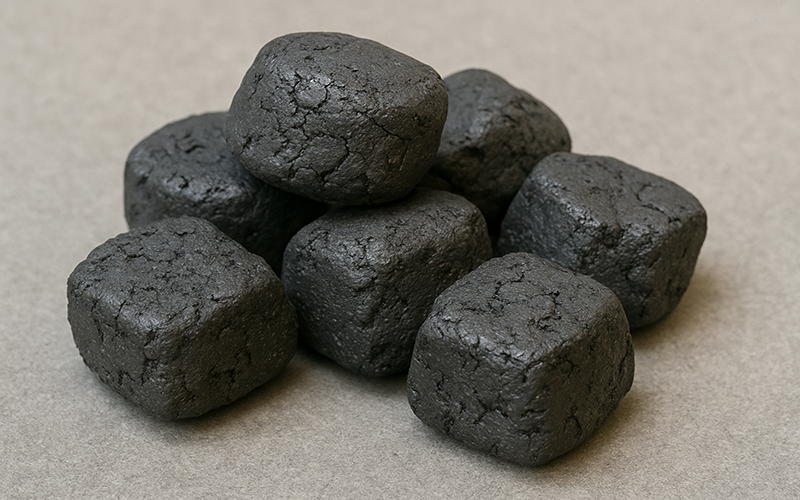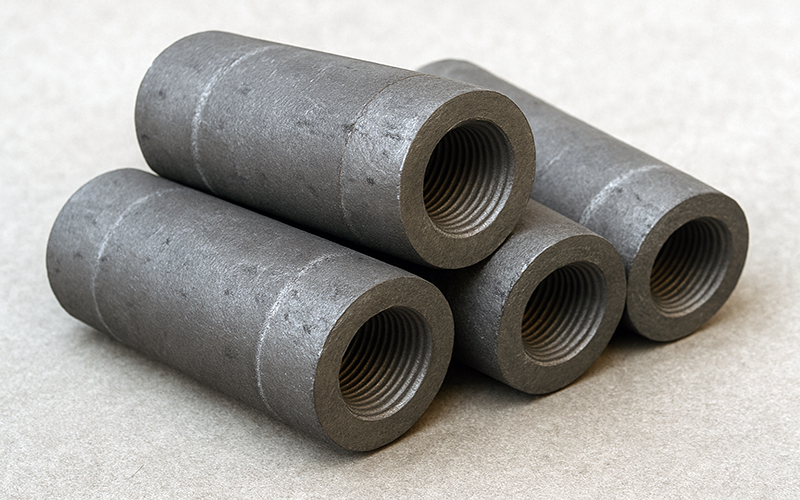Graphite electrodes
Graphite electrodes are essential components in electric arc furnaces (EAFS) used for steelmaking and various metallurgical processes. Made primarily from petroleum coke and needle coke, these electrodes are manufactured through a process of baking and graphitisation at extremely high temperatures. Their key advantage lies in their excellent electrical conductivity, thermal resistance, and mechanical strength, which allow them to sustain intense heat and electrical loads during steel production. Graphite electrodes come in various grades—regular, high power, and ultra-high power—each suited for specific furnace conditions. They play a critical role in melting scrap steel, making the process more energy-efficient and environmentally friendly compared to traditional blast furnaces. Additionally, graphite electrodes are also used in ladle furnaces and smelting operations for non-ferrous metals. With growing demand for electric steel and sustainable production methods, the market for high-quality graphite electrodes continues to expand, driving innovation in materials and manufacturing techniques.


